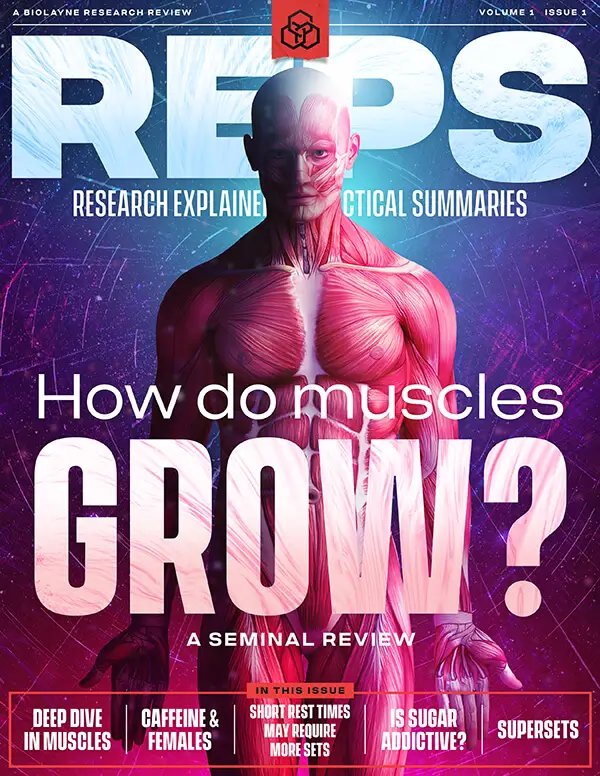Heavier on the way down, stronger on the way up. A new study asks: does loading the eccentric phase more heavily than the concentric lead to superior results?
Overview
- What did they test? The researchers looked at how different repetition structures of AEL affected muscle strength and hypertrophy over eight weeks of training.
- What did they find? Both AEL protocols improved muscle size and strength more than traditional training (TL), and AEL6 outperformed AEL2 for most outcomes.
- What does it mean for you? Eccentric-focused training can improve hypertrophy and strength adaptations without adding more sets or reps, but it still technically adds volume.
What’s the Problem?
Most lifters know they’re stronger on the way down than on the way up. Indeed, in the eccentric phase of a lift, 20-50% more force can be generated than the concentric phase 1. Yet, nearly all traditional resistance training programs use the same load for both phases, effectively underloading the eccentric portion of the movement. For people who want to use advanced techniques (i.e., powerlifters) to overcome plateaus, accentuated eccentric loading (AEL) could be a potential method to incorporate into their training program. AEL entails loading the eccentric portion of a repetition, then removing the extra weight for the concentric portion. This can be done with spotters, flywheels, or weight release machines 2.
AEL has repeatedly shown to enhance strength and neuromuscular adaptation. Brandenburg and Docherty (2002) reported greater strength gains after nine weeks of training with 3 sets of 10 repetitions at ~120% eccentric load compared to traditional loading, despite no extra hypertrophy 3. English et al. (2014) extended these findings by showing that eight weeks of lower-body training three times per week with up to 138% eccentric load led to the greater increases in leg strength, lean mass, and regional bone density than traditional training 4. Similarly, Friedmann-Bette et al. (2010) found that six weeks of one-leg eccentric training improved jump performance and fast-twitch fiber size 5. However, while these studies confirmed the effectiveness of eccentric overload, none examined its use in the back squat, and they varied widely in load amount overloaded in the eccentric phase, program duration, and muscle groups. This makes it unclear how these factors influence training outcomes like muscle size and strength.
Purpose
This study aimed to examine how different repetition structures of AEL influence several performance and physiological outcomes in trained male students over eight weeks, including (a) rectus femoris cross-sectional area (RFCSA), (b) countermovement jump height (CMJH) and relative peak propulsive power (RPP), (c) back squat one-repetition maximum (1RM), (d) eccentric peak torque (PT), and (e) integrated electromyography (iEMG).
Hypothesis
The authors hypothesized AEL would lead to superior adaptations compared with TL, with continuous application of AEL outperforming selective application of AEL.







